As the last day of the2021 edition of miart, the first European art fair to restart in presence, kicks off, many people are commenting and exchanging photographs from the corridors of Fiera Milano City: an edition, the one directed for the first time by Nicola Ricciardi, where it is the art of the 20th to carve out the role of great protagonist and there are therefore many stands that offer the public interesting opportunities for in-depth analysis. We have selected ten of them: a selection that is probably not complete, but we think it is an excellent starting point to get an idea of this important opportunity to restart from art after more than a year of forced standstill. Do you agree with our selection?
Tornabuoni has been a guarantee for decades, always maintaining very high levels, and it does not disappoint even in this edition of miart, where there is a lot of twentieth-century art: on display are works by Michelangelo Pistoletto, Fabrizio Plessi, Hans Hartung, Alberto Biasi, Alighiero Boetti, Giuseppe Capogrossi, Piero Dorazio, but above all a splendid installation by Emilio Isgrò that from the first hours was one of the most photographed works of the entire fair.
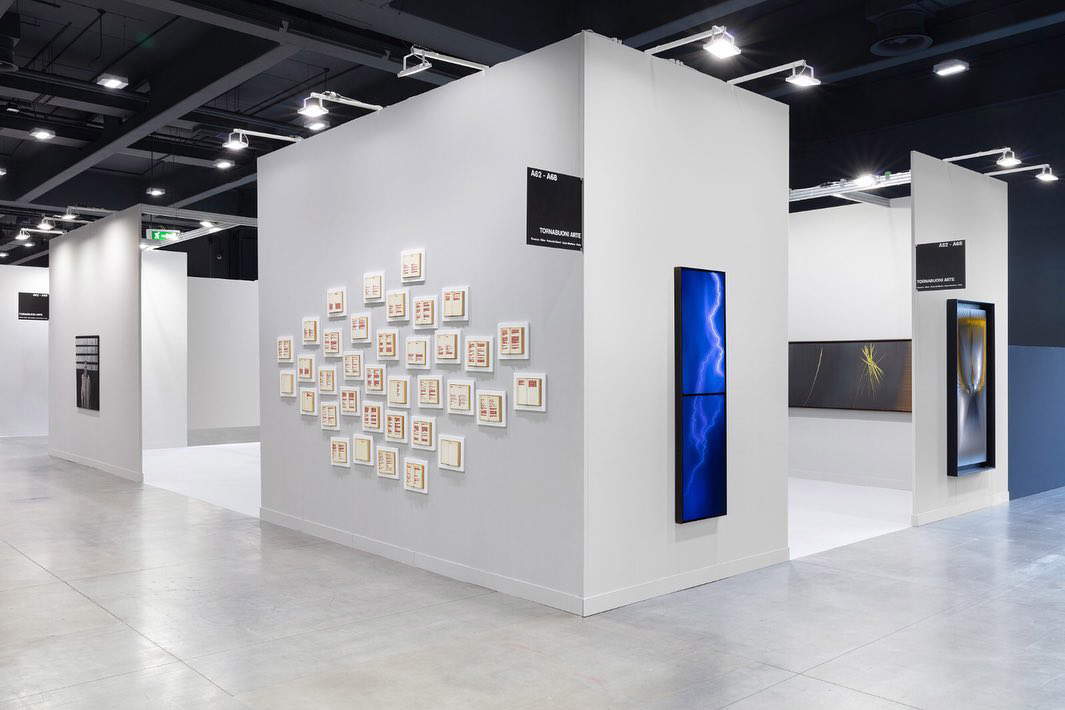
Eduardo Secci Gallery arrives at miart with an excellent solo show by Titina Maselli (Rome, 1924 - 2005), presenting some significant pieces by this artist, among the most significant in 20th-century Italian art. The Florentine gallery’s booth is part of the Decades section: the show also includes some of Titina Maselli’s historic paintings that have participated in important exhibitions, including the large Elevated, skyscraper, injured footballer, a four-meter wide work that was taken by the artist to the Venice Biennale that year.

Dep Art brings to Milan the works of three great artists of optical and kinetic art, namely Carlos Cruz-Diez (Caracas, 1923 - Paris, 2019), Alberto Biasi (Padua, 1937) and Wolfram Ullrich (Würzburg, 1961): an exhibition that starts with the works of Cruz-Diez and Biasi featured in The Responsive Eye exhibition held between February and April 1965 at MoMA in New York (it was one of the most important exhibitions of the time because it sanctioned the definitive establishment of optical art and kinetic art: Cruz-Diez and Biasi participated at a very young age), and ends with the work of Ullrich, an artist of the next generation who picked up the baton of the two masters.
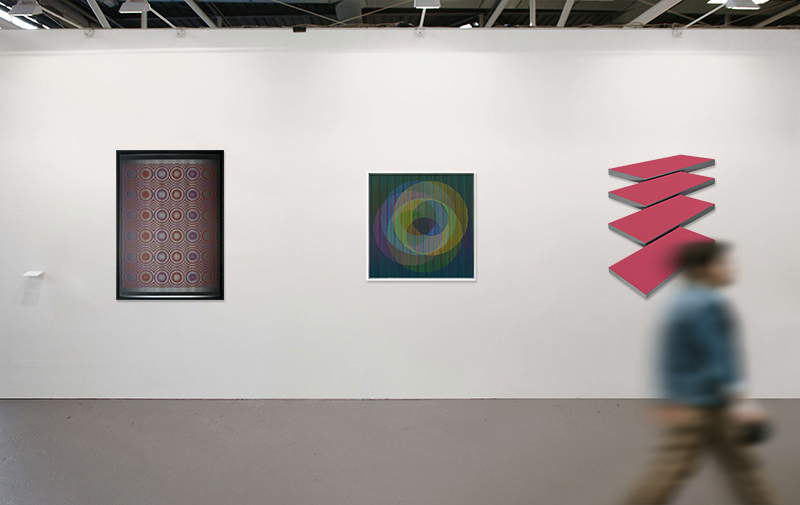
In the Established Masters section, Frittelli Arte Contemporanea stands out, presenting a focus of three artists who distinguished themselves in the 1950s and 1960s (Corrado Cagli, Mimmo Rotella and Pino Pascali) who are put in dialogue with Nanni Balestrini, Gianni Bertini, Lucia Marcucci, Paolo Masi and Luciano Ori, to create interesting cross-references with the artists of visual poetry for whom Frittelli is the gallery of reference. A curious and rare sculpture by Cagli, Capo tribù, and a painting by Nanni Balestrini that takes us into the struggles of the 1960s stand out.
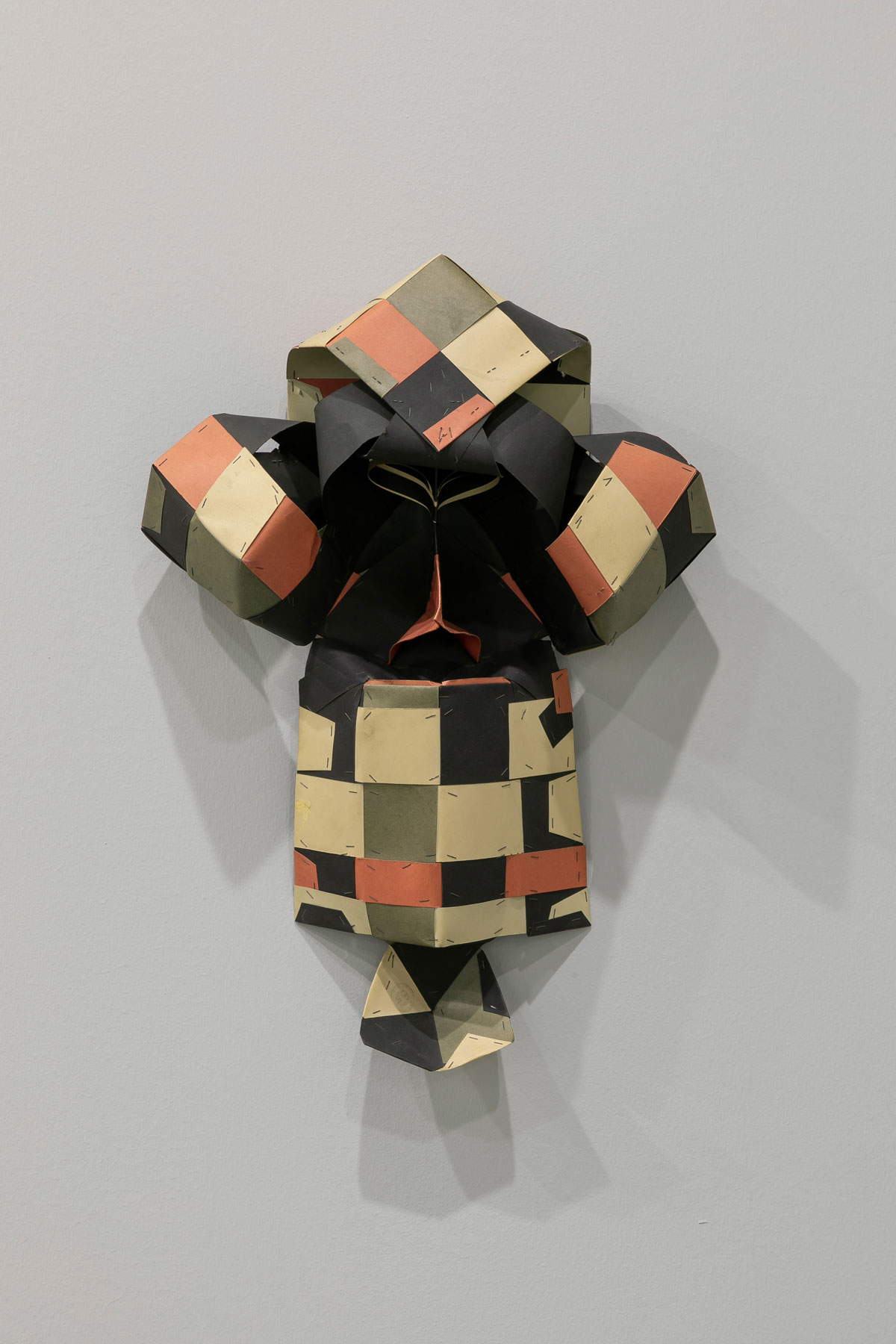
Bottegantica, a Milanese gallery specializing in 19th- and 20th-century art, is present at miart with a striking selection of works from the early 20th century. Prominent are Ubaldo Oppi’s Romagna Evening, a powerful female nude inspired by nude photographs of the time (so much so that it cost the painter a scandal, who was accused of plagiarism), a view by Gerardo Dottori(Aerei - Laghi), some delightful drawings and small paintings by Umberto Boccioni, including some postcards painted for an exhibition held in 1909 in Brunate, a tempera by Mario Sironi and an oil on canvas by Massimo Campigli, Il gioco delle palle. Minimalist and very neat set-up, one of the most enjoyable stands in the entire exhibition.
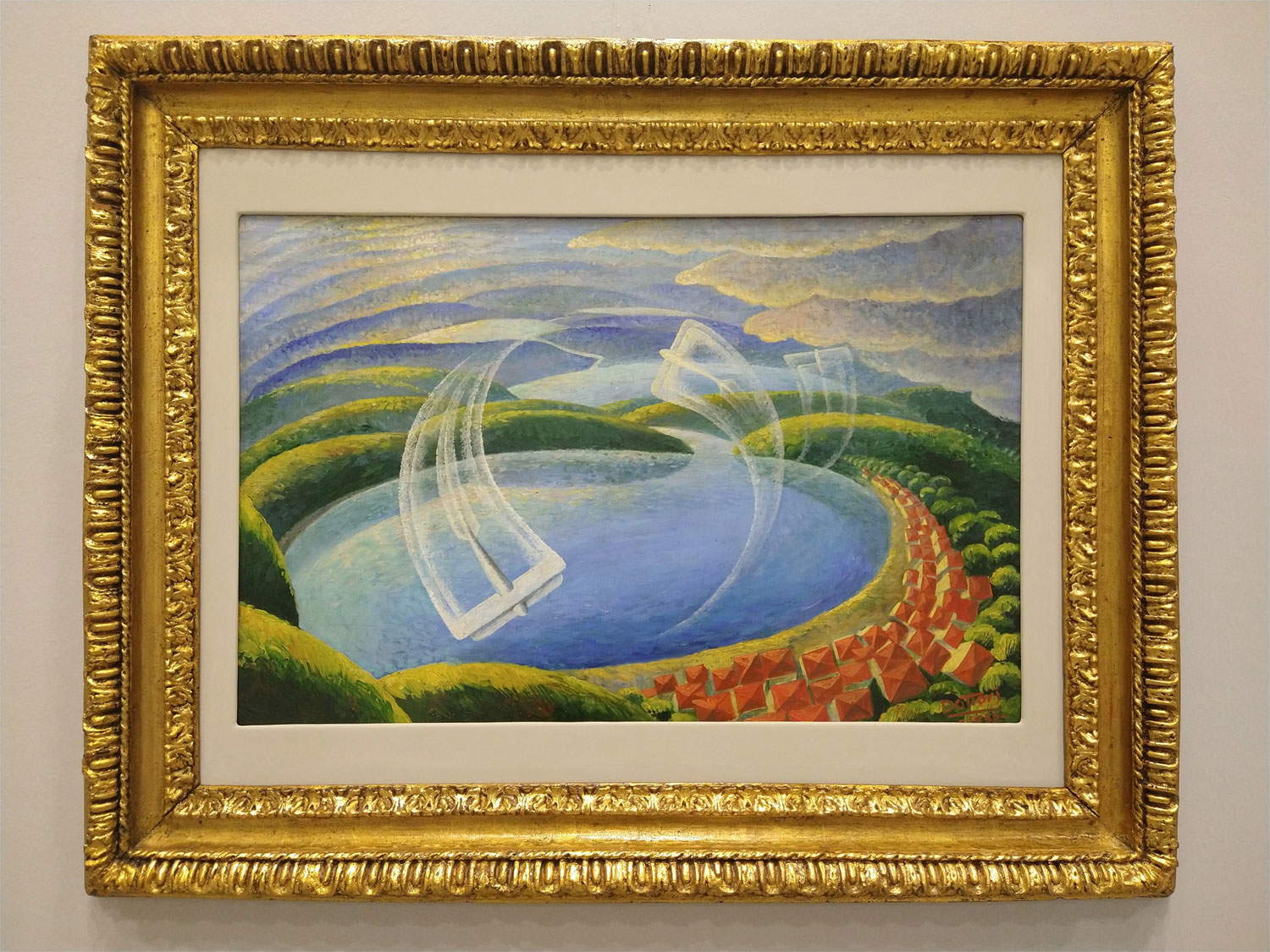
A careful visit to Matteo Lampertico ’s booth is worthwhile for at least two good reasons: the first is a rare female nude by Egon Schiele (and seeing similar works at an Italian fair is more unique than rare occasion), and the second is a painting by Oleksandr Archypenko that reminds us that an interesting exhibition-focus on the Ukrainian avant-gardist is being held at the gallery’s Milan branch.
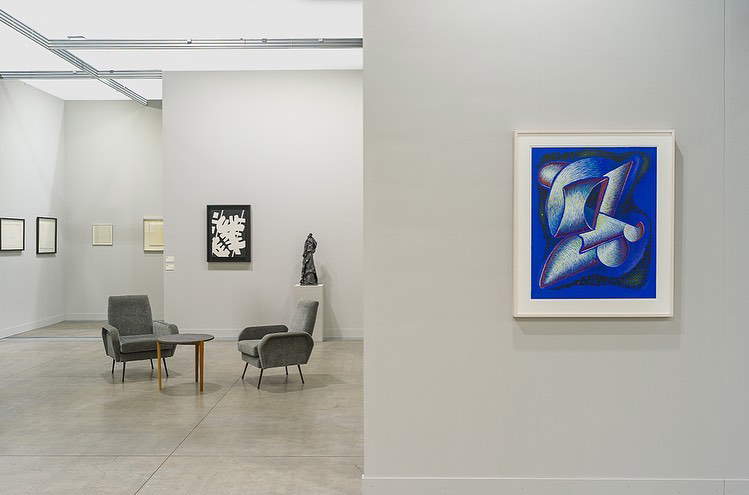
Galleria Bianconi in Milan presents one of miart’s most interesting projects: in collaboration with the Archivio Fausta Squatriti, and with the support of extensive original period documentation, it in fact dedicates its entire booth to Fausta Squatriti, reconstructing a historic solo exhibition, Sculptures et collages, held in 1982 at Galerie Denise René in Paris. Not just a booth then, but a real exhibition, curated by Renata Bianconi, and accompanied by a catalog that analyzes Fausta Squatriti’s 1970s and 1980s production related to Black Sculptures and geometric works.
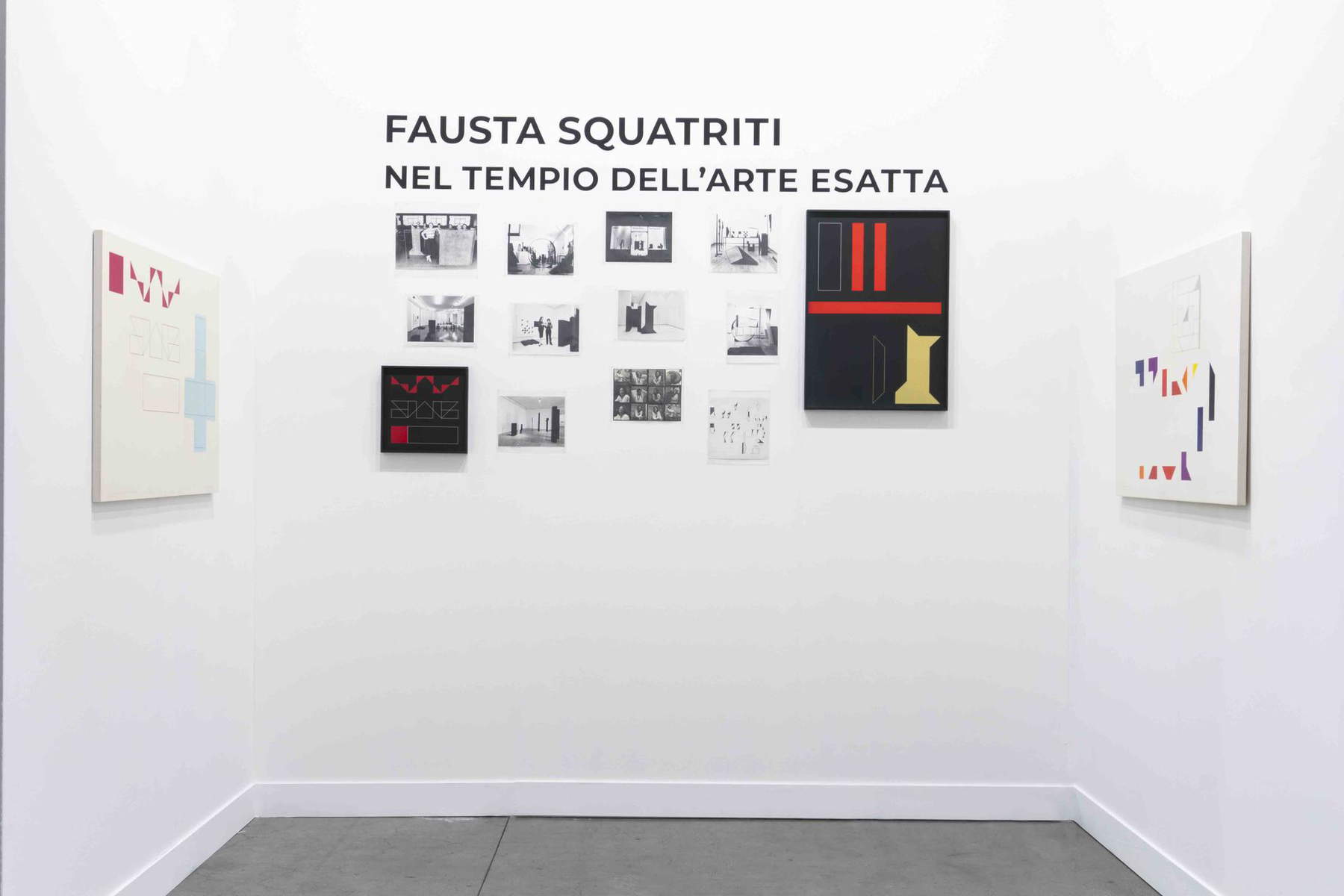
The Building gallery in Milan makes its debut at miart, in the Established Contemporary section, with a specially conceived project by Remo Salvadori: it is Il silenzio delle radici (The Silence of the Roots), an installation that in the booth dialogues with some textile fragments from the 15th and 16th centuries coming from the collection of the Moshe Tabibnia Gallery in Milan and coming from different places: Persia, Anatolia, Spain, China. A project that aims to reveal cross-references between the symbolic and formal textures of Salvadori’s works and the ancestral motifs of the textile fragments, so as to create a fusion of contemporary art and ancient textile art. The project also continues in an exhibition at Moshe Tabibnia Gallery, 3 Brera Street, where a work by Remo Salvadori is displayed alongside another selection of ancient textiles until Dec. 23, 2021.

Among the participation of international galleries, one that certainly stands out is that of the Flemish Edouard Simoens, who specializes in post-war art, and is showing at miart with a selection of historicized artists: Carla Accardi, Alighiero Boetti, Enrico Castellani, Christo and Jeanne-Claude, Piero D’Orazio, Turi Simeti, and above all, a large canvas smeared with blood by Hermann Nitsch(Schuttbild Malaktion, 1986), arranged on the wall facing the corridor so that it is ... impossible to miss.
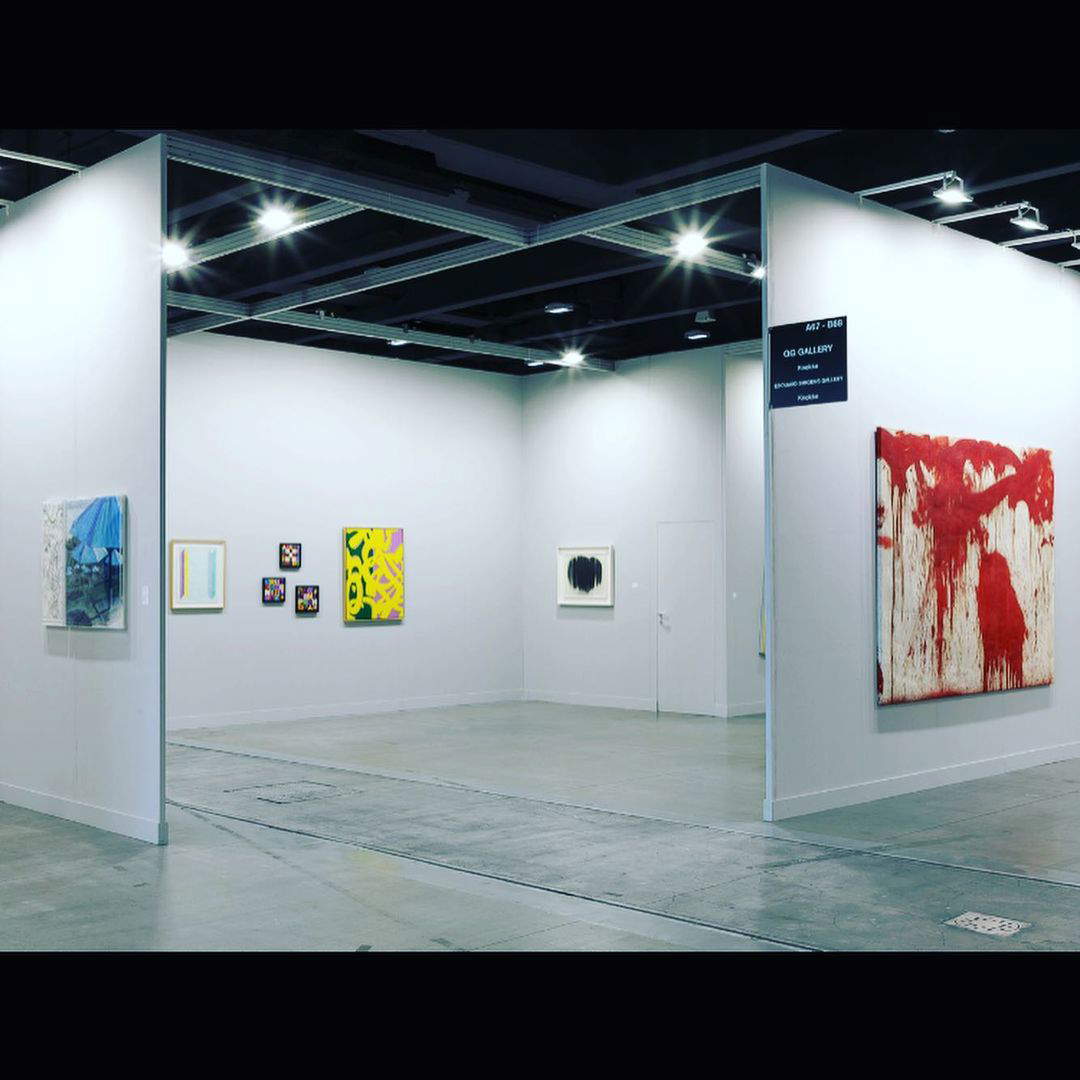
A dialogue with two voices, those of Luigi Ontani and Gonçalo Mabunda, all centered on the theme of the mask that of the gallery based in Milan and Pietrasanta: a successful juxtaposition, that between the eclectic Emilian artist (the booth gives the opportunity to see some excellent examples of a significant part of his production) and between the African sculptor (whom Giovanni Bonelli has been able to exploit well in recent years) who creates works of art with war remnants.
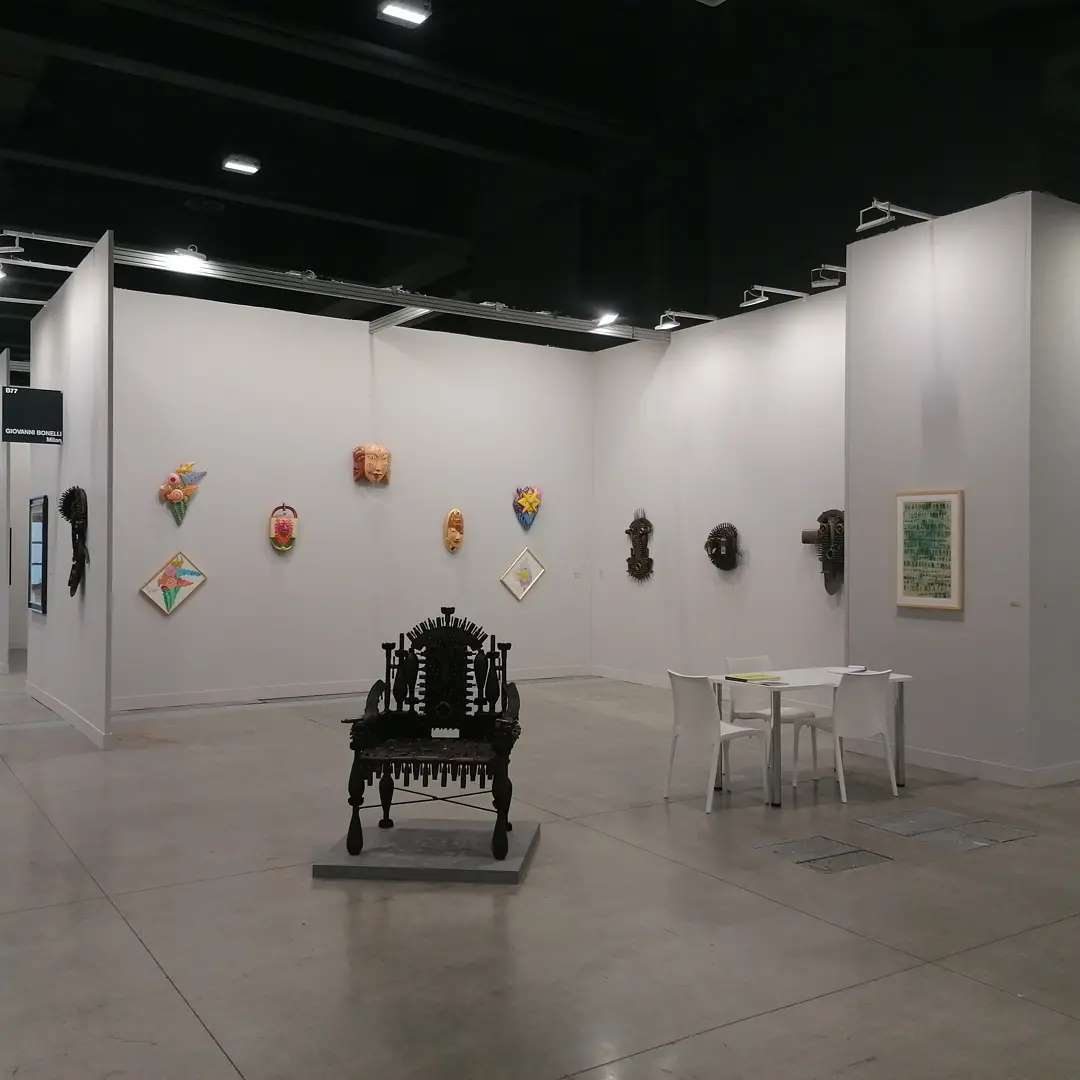
Warning: the translation into English of the original Italian article was created using automatic tools. We undertake to review all articles, but we do not guarantee the total absence of inaccuracies in the translation due to the program. You can find the original by clicking on the ITA button. If you find any mistake,please contact us.